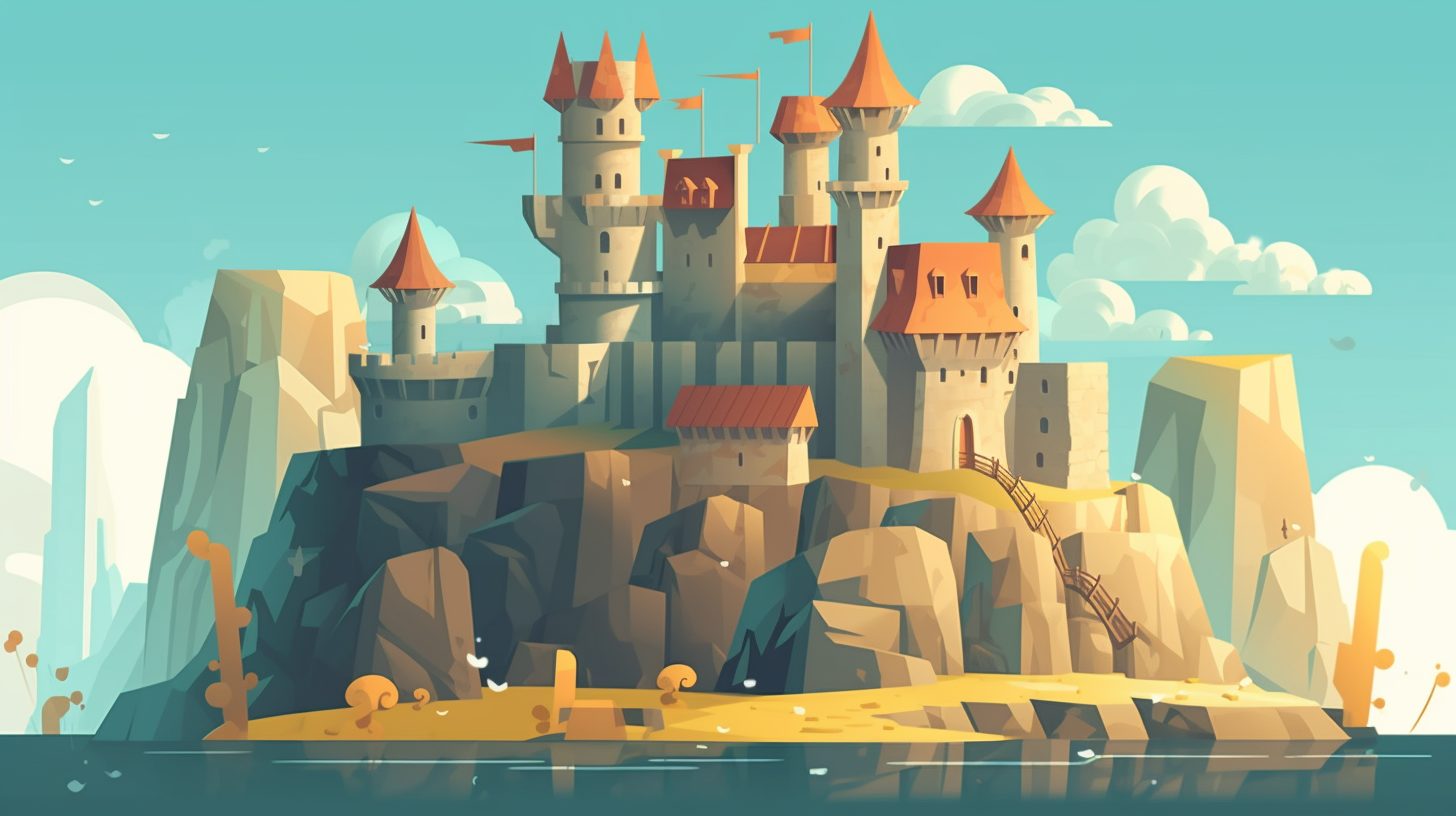Godot’s CanvasLayer2D is an essential tool for managing the rendering order of different elements in your 2D games. By organizing your game elements into separate layers, you can create complex scenes with overlapping elements while maintaining control over the rendering order. This guide will cover the basics of CanvasLayer2D, how to use it in your projects, and tips for optimizing performance.
Understanding CanvasLayer2D
CanvasLayer2D is a node that allows you to create separate rendering layers in your 2D game scenes. Each CanvasLayer2D has a “layer” property that determines its rendering order relative to other CanvasLayer nodes. Lower layer values are rendered first, while higher layer values are rendered on top.
CanvasLayer2D is useful for organizing and managing various elements of your game, such as backgrounds, characters, UI elements, and effects. By separating these elements into different layers, you can ensure that they are rendered in the correct order and prevent visual artifacts or overlapping issues.
Creating and Using CanvasLayer2D in Godot
To create a CanvasLayer2D in Godot, follow these steps:
- In the Scene tab, click on the “+” button to add a new node to your scene.
- Search for “CanvasLayer” in the “Create New Node” window and select it.
- Click on “Create” to add the CanvasLayer2D node to your scene.
With the CanvasLayer2D node added to your scene, you can now organize your game elements by making them children of the CanvasLayer2D node. Here’s an example of how you might structure your game elements using CanvasLayer2D:
- CanvasLayer2D (Background)
- Sprite (Background Image)
- CanvasLayer2D (Gameplay)
- Node2D (Characters and Objects)
- CanvasLayer2D (UI)
- Control (User Interface Elements)
- CanvasLayer2D (Effects)
- Particles2D (Particle Effects)
Remember to adjust the “layer” property of each CanvasLayer2D node to control the rendering order of the different layers.
Optimizing Performance with CanvasLayer2D
Using CanvasLayer2D not only helps you organize your game elements but can also improve the performance of your game by reducing overdraw. Overdraw occurs when multiple elements are drawn on top of each other, causing the GPU to perform unnecessary work. By carefully managing the rendering order of your game elements with CanvasLayer2D, you can minimize overdraw and improve performance.
Here are some tips for optimizing performance with CanvasLayer2D:
- Keep the number of layers to a minimum. Each additional layer adds extra work for the GPU, so try to use as few layers as possible while still maintaining the desired rendering order.
- Avoid overlapping elements in the same layer. Overlapping elements can cause overdraw, so try to minimize overlaps within a layer by using techniques such as sprite packing, texture atlases, or 9-slice backgrounds.
- Use occlusion culling to hide elements that are not visible. If an element is hidden behind another element, there’s no need to render it. Use occlusion culling techniques to hide elements that are not visible, reducing the amount of work the GPU has to do.
- Disable visibility for off-screen elements. If an element is outside the visible area of the screen, there’s no need to render it. Use the VisibilityNotifier2D node to detect when elements are off-screen and disable their visibility to save GPU resources.
Common Use Cases for CanvasLayer2D
CanvasLayer2D is a versatile tool that can be used in various scenarios in your 2D game projects. Here are some common use cases:
- Parallax backgrounds: Create multiple background layers with different scrolling speeds to create a parallax effect.
- UI and HUD elements: Keep your user interface elements on a separate layer to ensure they are always rendered on top of the gameplay elements.
- Lighting and shadows: Use a CanvasLayer2D to manage your lighting and shadow effects, ensuring they are rendered on top of your other game elements.
- Sorting characters and objects: Organize your characters and objects in a dedicated CanvasLayer2D and use a YSort node to automatically sort them based on their Y position, creating a natural depth effect.
Conclusion
CanvasLayer2D is an invaluable tool for managing the rendering order and organization of your 2D game elements in Godot. By using CanvasLayer2D, you can create complex scenes with overlapping elements while maintaining control over the rendering order and optimizing your game’s performance. Keep these tips and techniques in mind as you develop your next 2D game project with Godot.







